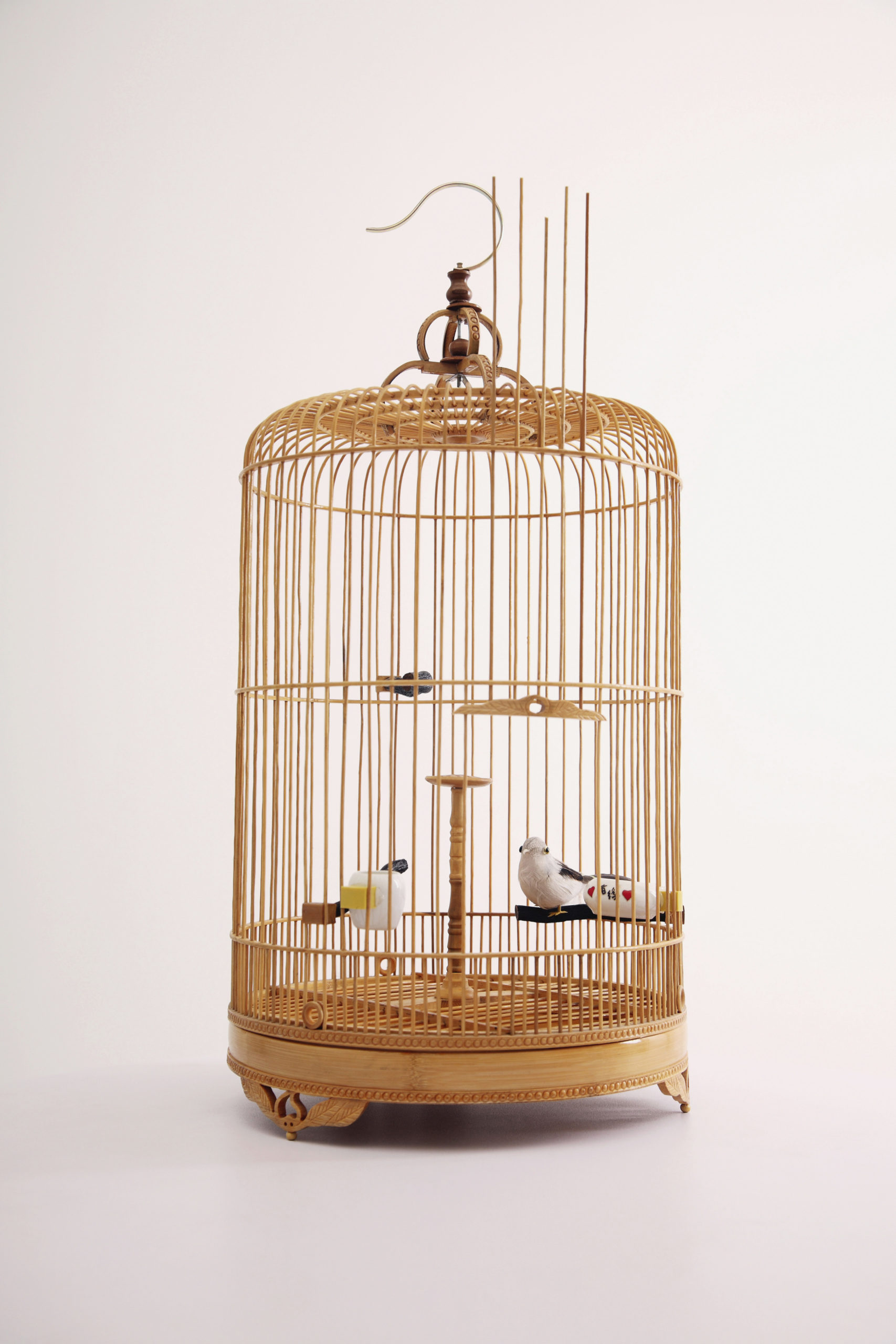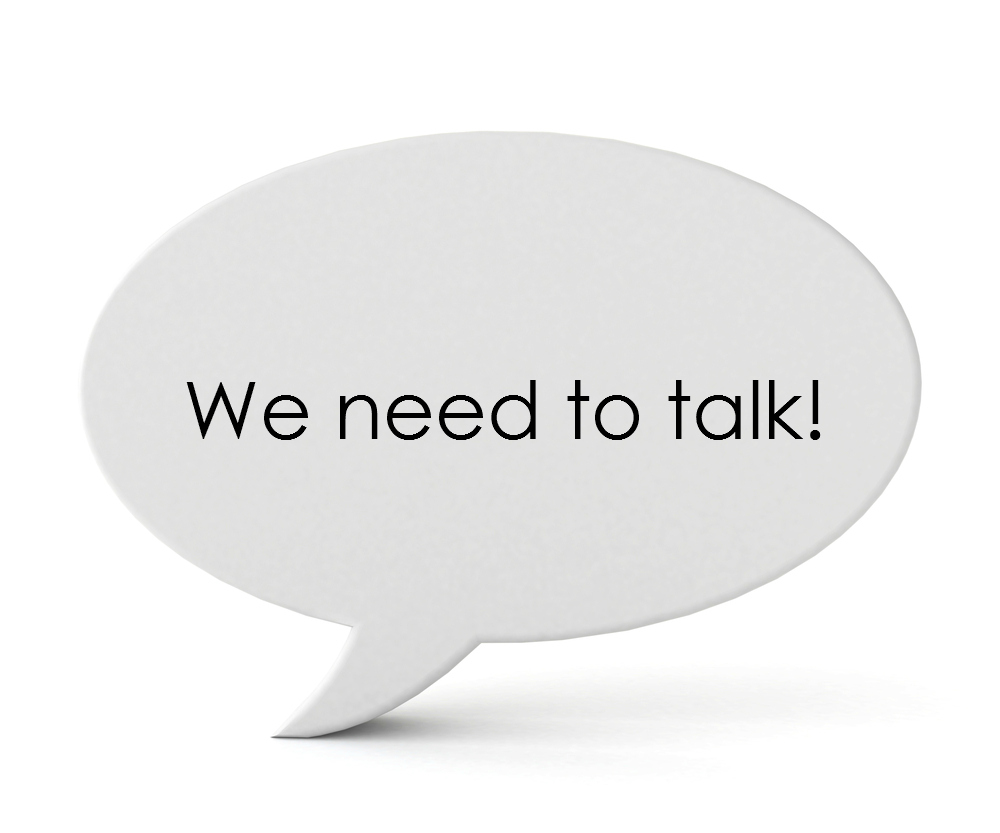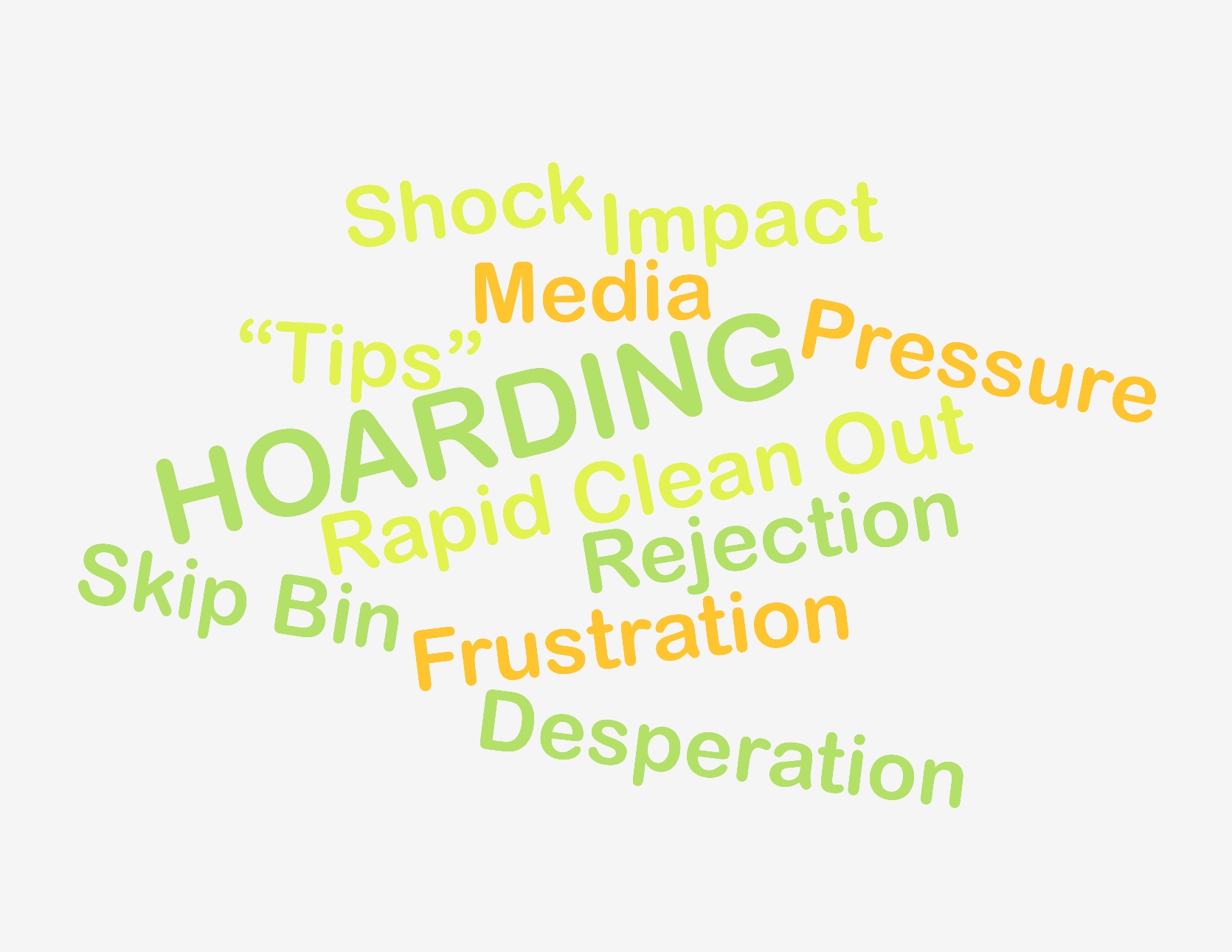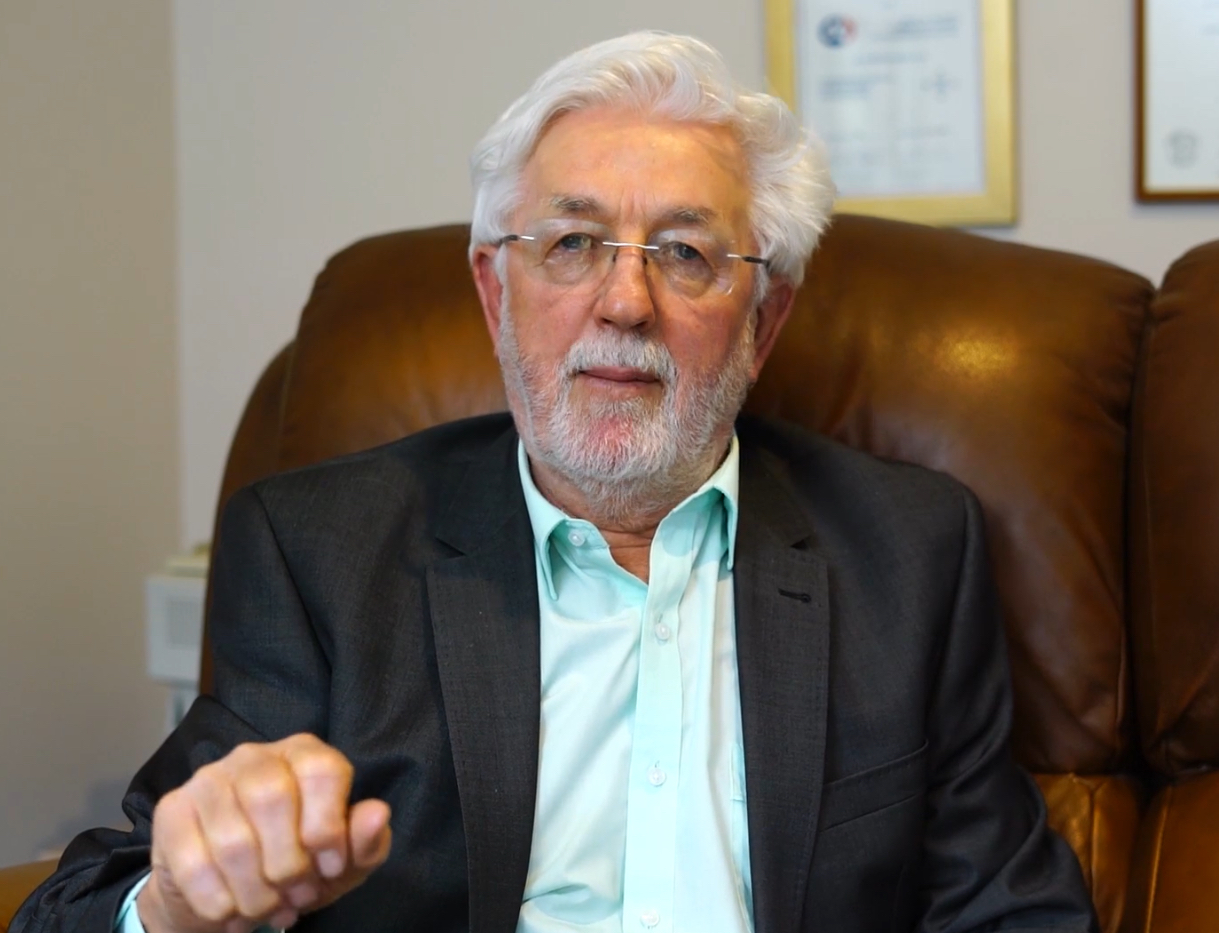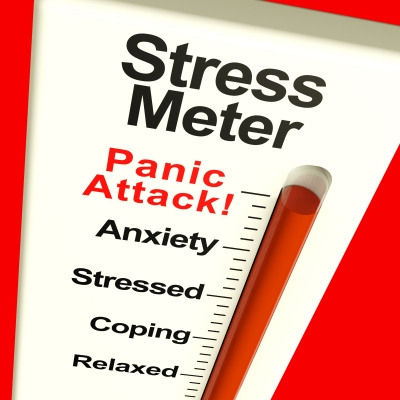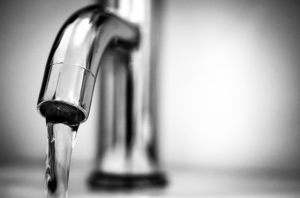 Imagine a kitchen sink. It’s deep and wide and clean. Now put the plug in and turn on the tap. Watch as the water starts to fill the sink. The water rises and rises. As it rises you realise that unless you take some action, the sink will overflow.
Imagine a kitchen sink. It’s deep and wide and clean. Now put the plug in and turn on the tap. Watch as the water starts to fill the sink. The water rises and rises. As it rises you realise that unless you take some action, the sink will overflow.
What could you do to stop it from overflowing?
You could adjust the flow of the water. As long as the water is flowing into the sink, no matter how slowly, it will continue to fill.
You could turn off the tap. The sink will remain as full as it is now. But as soon as any more water flows from the tap, the water will rise again and the problem of a full sink is renewed.
You could pull out the plug to let some water out. Problem solved. Or is it?
That kitchen sink has a finite capacity. If you fill it with water and don’t let any water out, it will overflow.
It’s the same with a house. It has a finite capacity as well. No amount of clever storage solutions can change that.
Two key parts of Hoarding Disorder are 1) excessive acquiring, and 2) failure to discard. Excessive acquiring is like the water flowing unchecked into the sink. Failure to discard is like not pulling the plug to let the water out.
It is simple physics. You can’t expect a house to hold more than it is built to safely hold. At some point, the flow of items into the house must be slowed or stopped. And the volume of items already stored in the house must be released.
It may be simple physics but hoarding behaviour is not at all simple. It is complex. We teach a range of solutions that can be selected to stop people from drowning in their clutter.

